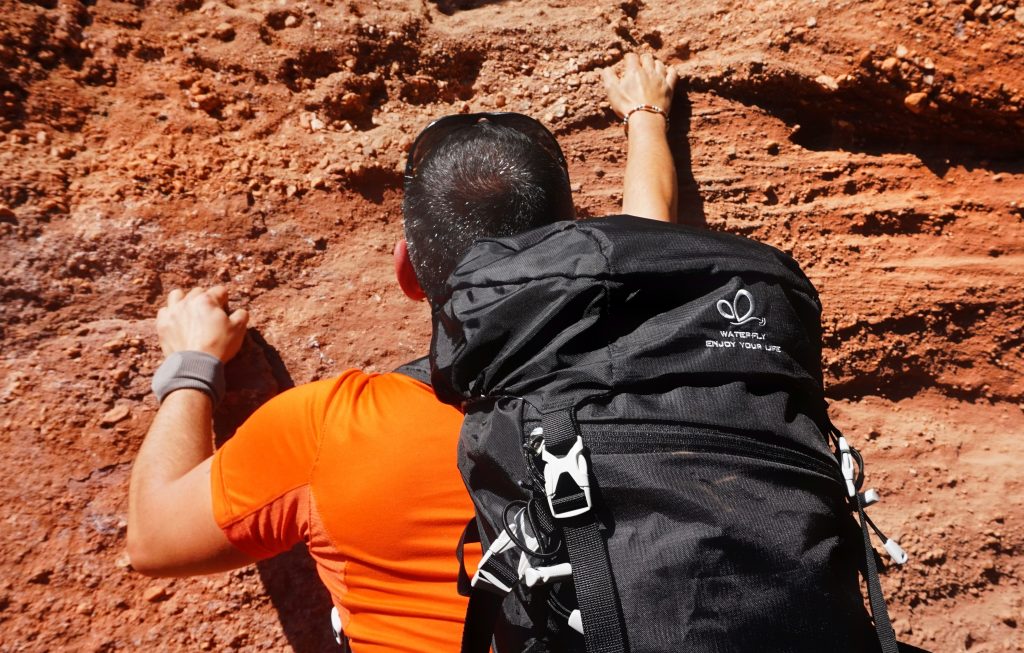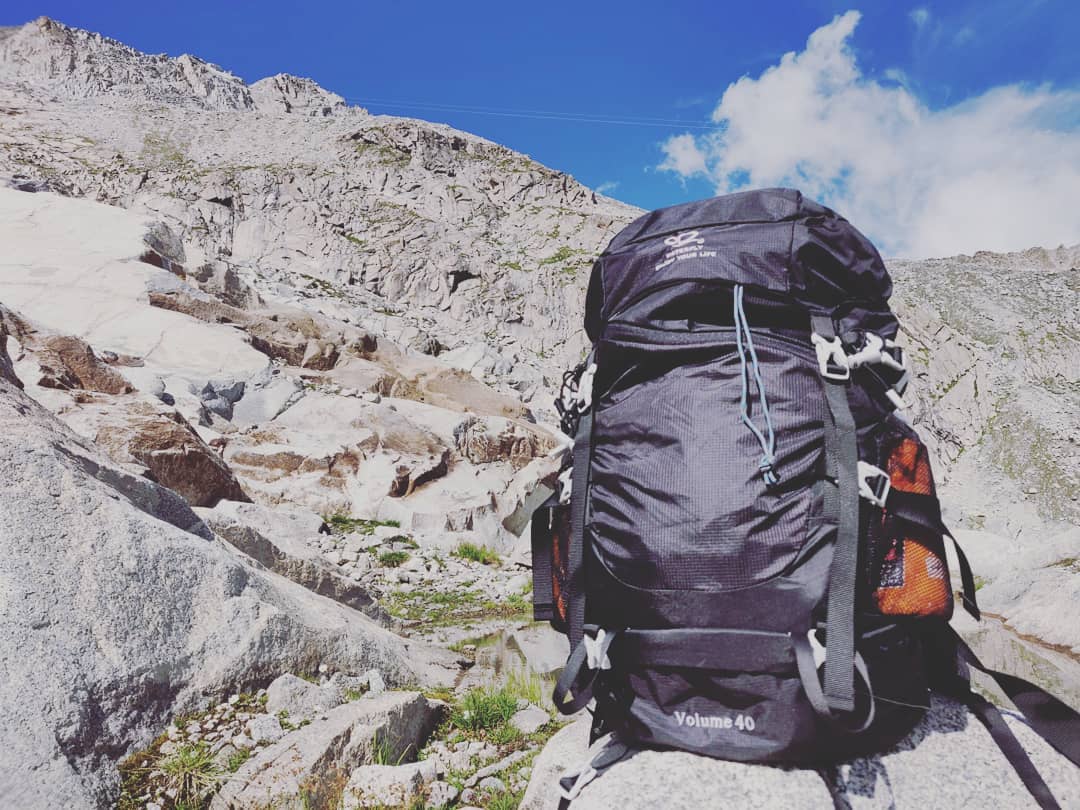8 Day Hiking Tips For Beginner Backpackers
Heading out for a day hike is a great way to explore nature, and is a great travel experience. If you are planning your first backpack, and you may have searched a lot about what do you bring, how to prepare, and the answer to that question is it really depends on where you are going, what you’re doing, what the weather is like, and what the facilities are like. Here in this review, is all about how you can have a much better backpacking experience by not making some newbie mistakes that I really frequently see on the trail.
1. Choose the right hiking shoes
It is very important to take care of your feet during hiking. When you go to buy some hiking shoes, if you look at the amazon choose the best-reviewed ones and when you get them you may find there is no tread on the bottom at all. However, when you’re out backpacking, you’re probably going to be going up and down rocky mountains so you really need shoes and socks with good tread, that’s super important. They should also be waterproof, and provide good ankle support for you so these are high enough, they’re also great in the water so you can go through puddles rivers mud and it’s no big deal. Try to lace them up really tight because that’ll stop your foot from moving and you won’t get blisters as easily. Blisters are a trip ruiner they’re one, of the biggest reasons why people suffer when they backpack.
2. Don’t pack too much clothing
The number two big mistake I see people making is not going as light as possible. I think a lot of people don’t realize that you really only should bring two pairs of clothes when you go backpacking: one that you hike in and one that you sleep in. It just doesn’t make sense to bring extra pairs of hiking clothes that you are then getting sweaty and disgusting within five minutes, so really trust me, you will really grateful to not have the extra weight, and did not have to pick what they were going to wear each day. Bring enough underwear, but really only bring like two pairs of socks and two shirt situations, I also like to bring some baby wipes that are dried and in a pellet and can be hydrated same with toothpaste just bringing little toothpaste dots rather than a whole entire toothpaste every little way that you can get creative do so because every gram seriously matters when you’re climbing up a mountain with a 50-pound pack on. I do have a backpacking checklist with all of the gear below where you can figure out which things you should be.
3. Getting that Pack lighter

the big number one thing that people really often get wrong is not thinking light when it comes to your food. So when you’re at the grocery store, you really want to be thinking about: can I buy food that can be rehydrated? What most backpacking trails that I’ve been on did have plenty of water available, not in the desert but rather in mountains where there are lakes and streams a glacier runoff, melting snow. So for me, water is usually not a problem if you are backpacking in the desert you’re going to have to carry it. So maybe it’s a moot point but for me, I’m always thinking about how can I bring food that is not already hydrated I really like the organic Mary Jane Farm ones they actually taste really good. I also have got protein, I’ve got fiber I’ve got tomatoes sweet corn red bell peppers, onions garlic herb spices and, citric acid other things to consider. If you’re going to bring peanut butter or some kind of spread which is a really good idea that you don’t want to bring the entire jar, not only are you bringing the weight of either plastic or worse glass jar with you, but you have all this peanut butter that you’re probably honestly not going to eat. The good idea is to bring little individual packets so that you can have different flavors little things to look forward to. I also really like to bring some nuts and fruit for my lunch meals, so that I don’t have to stop and cook anything and they also pack a lot of energy per ounce. Also bringing powdered milk is not that bad you’ve probably had it before without even realizing it. So just have these things in mind when you’re packing your food.
4. Try your pack on in the store with weight in
Another big thing that people don’t always do is try your pack on in the store with weight in it before you buy it. The last thing that you want is to have a pack that doesn’t really fit you right and that is just the recipe for misery. You want a pack that is big enough you, want a pack that truly fits your body. Packs that are designed for female bodies are different than for male bodies. So if you’re going to borrow a backpack from someone just make sure that you try it on with weight in it because it feels way different when it has weight in it versus not. And just make sure that it actually fits you if you go to an outdoor gear store they pretty much always have an expert in the backpacking area who will give you some weight to put in the pack. If you have to order them online, then give yourself plenty of time order a few different kinds so that you can make sure that you test them, and obviously check the return policy on them.
5. Don’t leave gear buying until the last minute
Make sure that you have a planning checklist. For example, some such item as a stove and fuel for your particular trip, you probably need to run all around town trying to find these things and it was actually impossible because for some reason this summer just things are selling out and back-ordered but if you’re reading this with enough lead time, buy your gear now don’t wait until the last minute because a lot of people are trying to get outside and enjoy the wilderness right now.
6. Don’t strap too much stuff to the outside of your pack
Beginner backpackers sometimes like strapping a bunch of stuff to the outside of their pack. This is a big mistake and the reason why this is a problem is if it happens to rain, which even if the forecast says it won’t. You can’t be sure in the mountains they do their own thing if your sleeping bag gets wet and you’re in an area where it’s not going to clear up and dry, and that often puts you in a pretty dangerous position because you can’t get warm. Also, almost every hike I’ve been on has gotten really windy at some point, and I’ve done them all over the world and having something to the outside of your pack will act as a sail, and it might not seem like a big deal but when the wind is really heavy which can absolutely happen in Iceland Patagonia, Alaska, you will just be thrown around like a marionette. So I really recommend a 75-liter backpack, because this can basically hold everything you need for eight to nine days, and I pretty much bring almost exactly the same things even for shorter trips like a sleeping bag and all the gear. So this is a really perfect size for backpacking.
7. Double-check the gear before you go
Do not forget to check the gear before they start their trip. For example, you rented a tent and it had a leak in it, and unfortunately, that’s really hard to detect until you’re out there. Even worse you get caught in snow and rain and you may just get dripped on all night and it is not fun. But if you’re borrowing gear or you’re renting gear, you can at least check the air mattress for leaks you can. Make sure that the sleeping bag that you’re borrowing is rated for the temperatures that you might encounter. And make sure it’s all as light as it can be the colder weather you go. The more expensive it’s going to be to have ultralight gear but it’s so worth it.
8. Leave no trace when hiking
There are a lot of different ways that you can enjoy the wilderness by leaving no trace and there’s a whole website dedicated to this. So the first thing to do to make sure that you’re not leaving a big trace is to avoid social trails. If you see little side paths off of the main trail, maybe to cut out of something or to avoid like a mud puddle. Don’t take those unless the mud puddle is gonna come up to your shins but if you have good shoes like we already talked about that are waterproof, and have decent tread, you’re gonna be fine walking through some mud. Going off-trail just in general is worse for the wilderness than you may think. It can harm the desert definitely meadows these are a lot of vulnerable ecosystems, and stepping on these plants can cause them to not grow back, and then there’s less food for the bees, etc. So have that in mind before you go off-trail. Additionally, never wash anything in a water source. If you’re going to use the bathroom walk at least 200 feet away from the water source bury it and pack out your tissue. Because leaving it out here is just disgusting for other people to come up across and it lasts a lot longer than you think. It’s so easy to just bring a zip log and pack it out. Don’t do any washing in a stream. Don’t wash your dishes in it, collect some water carry it away from the stream, just like you would if you’re going to the bathroom and do your washing there otherwise it all flows down to people who are lower than you and then they’re having to drink your dirty dishwater or whatever you may be washing in there.
I was thinking of many more tips for people as backpack beginners, but, that’s part of the fun is learning, and refining it and figuring out what works better for you. Other people might have totally different advice to, mine this is just what I’ve learned throughout the years. You have to find your own way and, also know that backpacking is just so, much more mental than it is physical, it’s definitely not a competitive sport, so just get out there and enjoy.

